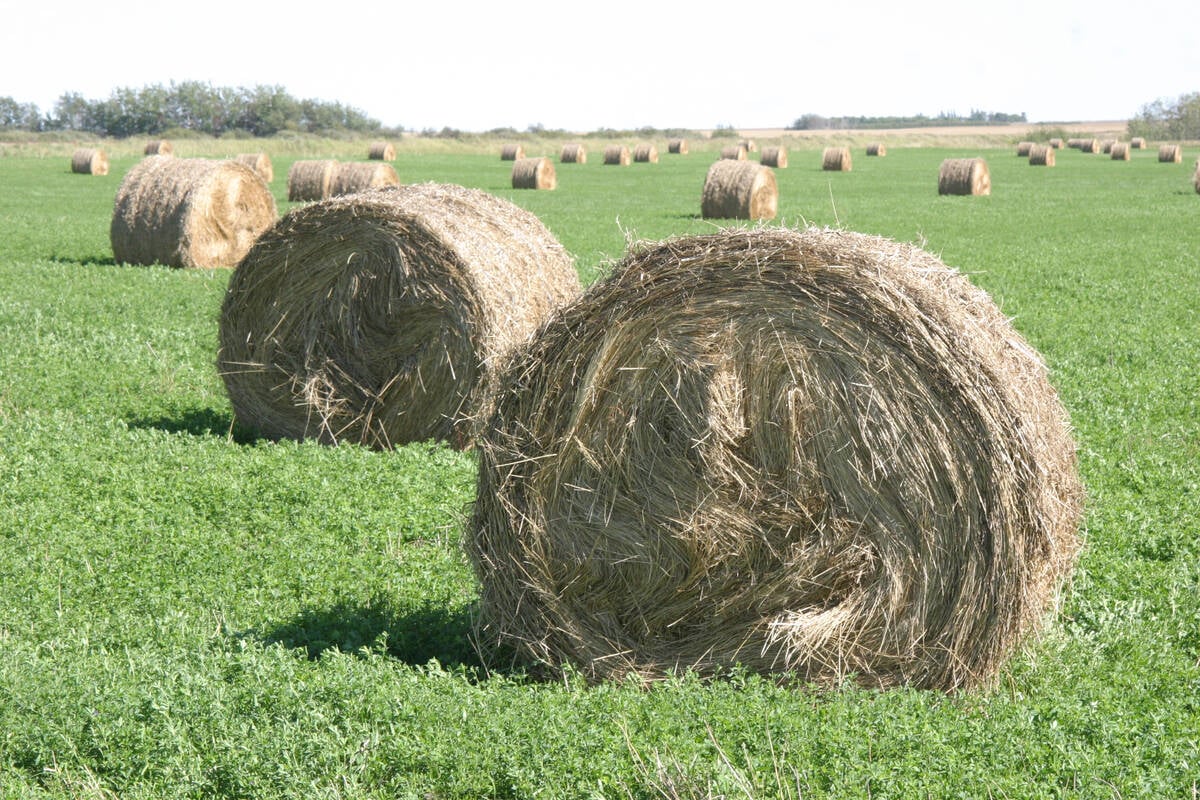RED DEER – Beef industry angst, caused by high debt, eroding equity, trade barriers and changing consumer tastes, is like history repeating itself, says a University of Calgary historian.
Since the West opened to settlement, ranchers have faced trade disputes with the United States, bad weather and economic depression.
“You will survive this and you will make choices at this crossroads just like your forebearers made at every other crossroads,” Max Foran told the recent Alberta Beef Industry Council convention.
The solution is to capitalize on the mystique of ranching and the marketability of Alberta beef.
Read Also

Breaking down successful winter feeding into six steps
It’s that time of year when it is important to start planning for a cow herd’s winter feeding program. Here are six steps I think are necessary to consider when getting your feed tested.
“Take that myth beyond these borders and take it to the rest of the world,” he said.
For industry leaders at the convention, that was good advice as they talked about the challenges in the post BSE environment.
The prices ranchers receive for calves is not enough to sustain the industry and the closure of a beef plant at Emporia, Kansas, should worry everyone because it could happen in Alberta, said Rick Paskal, chair of the national cattle feeders group.
“If we do not get some money to the cow-calf sector, this industry will fail. We will lose one of our major processors. They are margin operators and they need to have a return on their investment,” he said.
Rick Burton, vice-chair of the Alberta Beef Producers and Russ Pickett, president of the Western Stock Growers Association, understand the problems on their own operations.
“The cow-calf, feeder and processor are all losing money at the same time” said Burton.
“The impacts of these losses have been aggravated by the lingering effects of the BSE crisis, the increased costs associated with the implementation of the enhanced feed ban and declining CAIS reference margins,” he said.
Besides reform to the Canadian Agriculture Income Stabilization program, the government needs to remove extensive regulatory barriers and costs from the industry.
“We currently estimate that the costs of our regulatory system are in the range of $60 to $65 per head more than our competitors,” said Burton.
There is also a need to break down trade barriers across the country so meat processed in one province can be sold anywhere in Canada.
“If the beef is safe in Alberta, it should be safe in other provinces,” said Pickett.
All agreed the quality of Canadian beef needs to be promoted internationally.
Differentiating Canadian beef from other product in the world starts with emphasizing food safety, animal health and a solid traceback program. The recently announced Canada Gold Beef program could fit into this concept by producing a value-added product.
Offering a truly Canadian product to the world should force this country to behave like an exporter because it is shipping 60 percent of its production, said Brad Wildeman, vice-president of the Canadian Cattlemen’s Association.
“Our future relies on international trade,” he said.
To make it work requires a fair World Trade Organization agreement and acceptance among trading nations that Canada gets the same access as the United States.
Herb Groenenboom, Alberta Cattle Feeders Association past-president, said Canada must start building value into its beef because at present that product sells at a discount to U.S. beef.
“We have to market it as a Canadian product and make it worth having,” he said.
Age and source verification need to be promoted here because other countries already have it and expect it of their trading partners.















